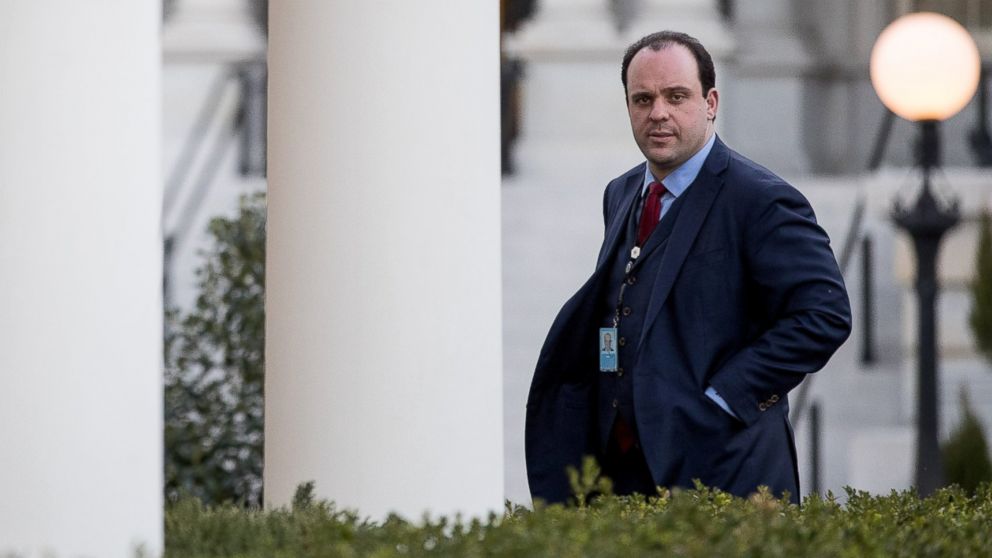LONDON, Sept 3 (Reuters) – Just a few months after Russia invaded Ukraine, the country’s financial adviser, Rothschild & Co, handed Kyiv’s debt chief a thick black folder detailing major sovereign debt restructurings of the past 30 years.
For Yuriy Butsa, 40, it would prove essential reading. He hadn’t been involved in the debt rework Ukraine required in 2015 after Russia annexed Crimea and it wasn’t long before he would need to draw on the restructuring expertise.
Eclipsed in scale only by Argentina and Greece, the restructuring of more than $20 billion of debt will save Kyiv $11.4 billion over the next three years – crucial for both its ongoing war effort and its International Monetary Fund programme.
“A stable situation where no more question marks are out there can only benefit Ukraine,” Arvid Tuerkner, managing director for Ukraine and Moldova at the European Bank for Reconstruction and Development, one of Kyiv’s big multilateral partners, told Reuters.
This account of how Ukraine’s agreement with bondholders came together is based on interviews with five sources on both government and investor side who were involved in the talks and agreed to speak with Reuters on the condition of anonymity.
REVIVING TALKS
Initial negotiations between the government and its lenders hadn’t gone to plan.
With less than two months till the August 2022 payment moratorium expired, Rothschild arranged face-to-face meetings at the firm’s elegant Parisian offices on the leafy Avenue de Messine.
Rothschild declined to comment. The IMF did not immediately respond to a request for comment when asked on a U.S. holiday.
Early on July 16, representatives of some of the world’s top asset management firms and their legal and financial advisers arrived in Paris, where they joined Butsa, Ukraine’s long-term legal advisers White & Case and the Rothschild team.
A raft of meeting rooms, adorned with pictures of the famous Rothschild vineyards, had been reserved to allow for joint discussions and private strategising.
The mood was pragmatic from the start, sources on both the government and the creditor side said. Everyone had come in the hope of doing a deal – even though both sides were still far apart.
EXCEPTIONAL UNCERTAINTY
There was reason to be back in talks.
Ukraine kicked off by setting out its proposal. Members of a key bondholder group, representing some of the world’s biggest asset managers such as BlackRock and Amundi, got to explain their demands too: that Ukraine restart ‘coupon’ payments immediately, offer a path to a higher principal recovery and, importantly, “keep it simple”.
IMF experts were on call in both Kyiv and Washington in an exceptional arrangement, according to one source. That was vital for doing the labour-intensive modelling needed to work out what each proposed compromise would mean for Ukraine’s longer-term debt sustainability.
By 4am on July 18 in Paris, or 5am in Kyiv and nearly 48 hours into the process, another request was made to the IMF teams to rerun the numbers. Some of those crunching the figures had barely slept.
The Fund’s help was invaluable, its staff worked at breakneck speed and helped to overcome multiple obstacles.
But Ukraine was providing an alternative in the form of a simpler GDP-linked bond, and creditors were also being offered the instant coupon payments that they had wanted, starting at a rate of 1.75% and eventually rising to 7.75%.
Structured to be eligible for the main bond indexes and therefore easier to buy and sell, it meant the gap between the sides had been as good as bridged. With just the fine print to finalise, those in Paris made their exits as the packed city put the finishing touches on its Olympics preparations.
CAR CRASH
The drama wasn’t entirely over, however.
Driving back from the Polish airport where his flight had landed – the most reliable route since Russia’s invasion halted flights from Kyiv – a driver turned across Ukraine debt chief Butsa’s VW Golf.
The resounding final result from the bondholder vote was more than 97% support.
Sign up here.
Reporting by Marc Jones and Karin Strohecker in London; additional reporting by Libby George; editing by Elisa Martinuzzi and Christina Fincher
Our Standards: The Thomson Reuters Trust Principles.














